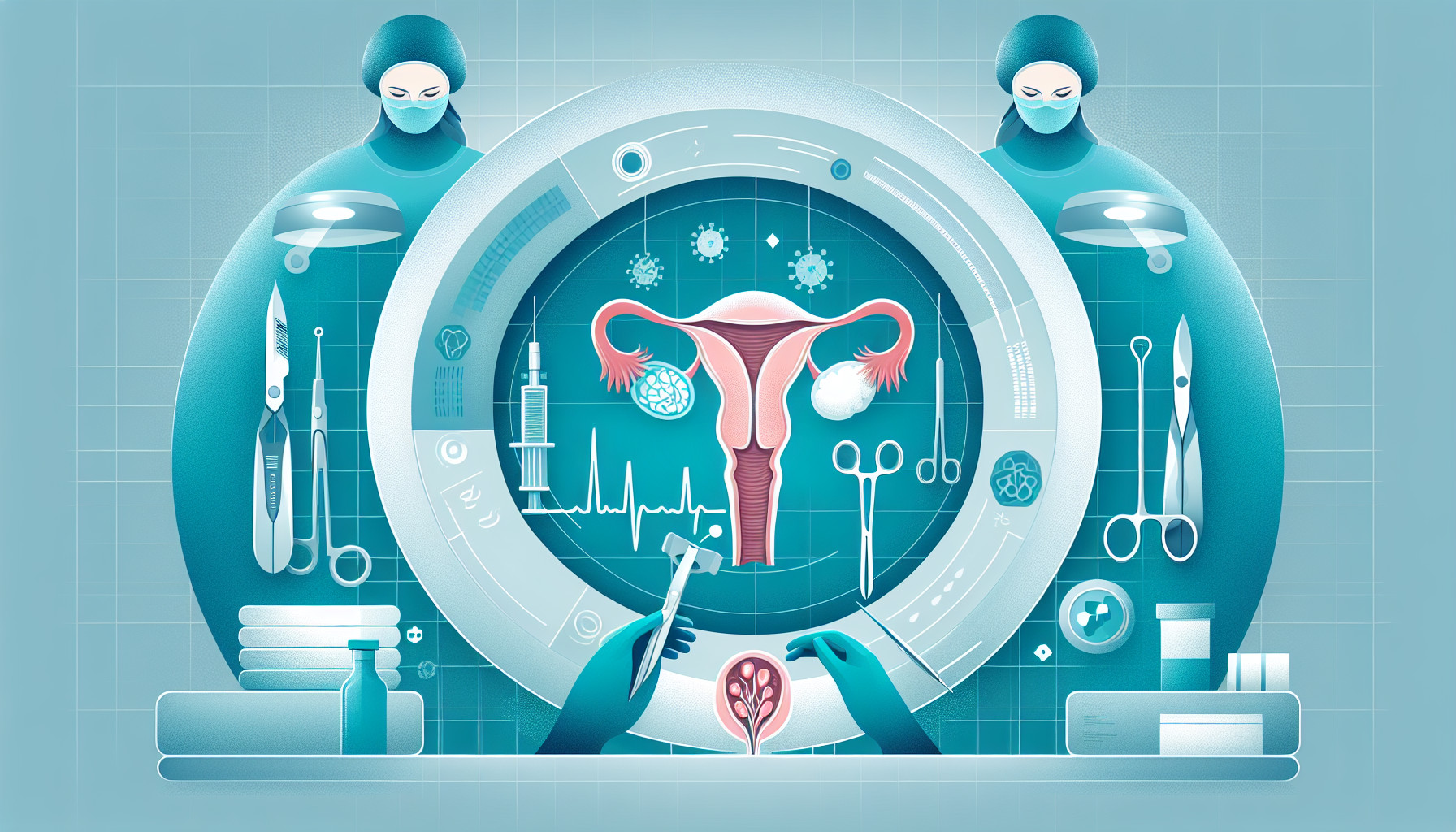Our Summary
This research paper talks about a rare case where a woman’s ovary removed itself, known as autoamputation. This usually happens when an ovary twists or an ovarian cyst (a fluid-filled sac) twists, leading to cell death and the organ detaching itself.
In this case, a 42-year-old woman was admitted to the hospital to have a cyst on her right ovary removed. The doctors also found a small, irregular cyst on her left ovary. During the operation, there was a lot of bleeding from the outer layer of the ovary, and due to the woman’s age and the procedure’s complexity, they decided to remove the whole right ovary.
When they looked at the small cyst on the left ovary, they found a specific type of cyst known as a dermoid cyst, in a part of the woman’s lower abdomen. The doctors concluded that this might have resulted from the left ovary twisting due to an earlier ovarian cyst, causing it to remove itself.
This case also highlights that medical errors can happen due to a lack of knowledge and skills, but also because of rare events that can confuse the situation. This emphasizes the importance of sticking to the basic principles of surgery to prevent complications, even for expert surgeons.
FAQs
- What is autoamputation of the ovary and what causes it?
- What is a dermoid cyst and how did it cause the left ovary to remove itself in this case?
- How can medical errors during ovarian cyst removal surgeries be minimized?
Doctor’s Tip
A helpful tip a doctor might give a patient about ovarian cyst removal is to make sure to follow all pre-operative instructions provided by the medical team. This may include fasting before the surgery, stopping certain medications, and discussing any concerns or questions with your healthcare provider. Additionally, post-operative care is crucial for a successful recovery, so be sure to follow all instructions for pain management, wound care, and follow-up appointments. Remember to listen to your body and report any unusual symptoms or complications to your doctor promptly.
Suitable For
Patients who are typically recommended ovarian cyst removal include those who have:
Large cysts (typically larger than 5 centimeters) that are causing symptoms such as pelvic pain, bloating, or pressure on surrounding organs.
Cysts that are persistent or growing in size, as they may be at risk of rupturing or causing complications.
Complex cysts that are suspicious for malignancy or have features that warrant further investigation.
Cysts that are causing infertility or affecting fertility treatments.
Cysts that are causing hormonal disturbances or abnormal menstrual cycles.
Cysts that are causing complications such as torsion (twisting) of the ovary, which can lead to severe pain and potential loss of blood flow to the ovary.
Patients with a history of ovarian cancer or a strong family history of ovarian cancer may also be recommended for cyst removal for surveillance or preventive measures.
It is important for patients to discuss their symptoms and concerns with their healthcare provider to determine the appropriate course of action for their specific situation.
Timeline
Before the ovarian cyst removal:
- The patient may experience symptoms such as abdominal pain, bloating, irregular periods, and difficulties with bowel movements.
- The patient may undergo diagnostic tests such as ultrasound, MRI, or blood tests to confirm the presence of an ovarian cyst.
- The patient and the healthcare team will discuss the risks and benefits of surgery, as well as other treatment options.
- The patient will undergo pre-operative preparations, which may include fasting, medication adjustments, and discussing post-operative care.
After the ovarian cyst removal:
- The patient will be monitored in the recovery room for a few hours following the surgery.
- The patient may experience pain, discomfort, and fatigue in the days following the surgery.
- The healthcare team will provide instructions on wound care, pain management, and when to follow up with a healthcare provider.
- The patient may need to take time off work or limit physical activity for a period of time.
- The patient will have follow-up appointments to monitor their recovery and discuss any concerns or complications that may arise.
What to Ask Your Doctor
Some questions a patient should ask their doctor about ovarian cyst removal include:
- What type of cyst do I have and what are the risks associated with it?
- What are the different treatment options available for removing the cyst?
- What are the potential complications of the surgery?
- How long will the recovery process take and what can I expect during this time?
- Will removing the cyst affect my fertility or hormone levels?
- Are there any alternative treatments or medications that could be considered instead of surgery?
- How often should I follow up with you after the surgery to monitor for any recurrence of cysts?
- What are the chances of the cyst causing my ovary to twist or self-remove in the future?
- Are there any lifestyle changes or precautions I should take to prevent future cysts from developing?
- Can you explain the procedure in detail and address any concerns or questions I may have about it?
Reference
Authors: Daccache A, Feghali E, Assi R, Sleiman Z. Journal: Facts Views Vis Obgyn. 2021 Jun;13(2):187-190. doi: 10.52054/FVVO.13.2.017. PMID: 34184850
